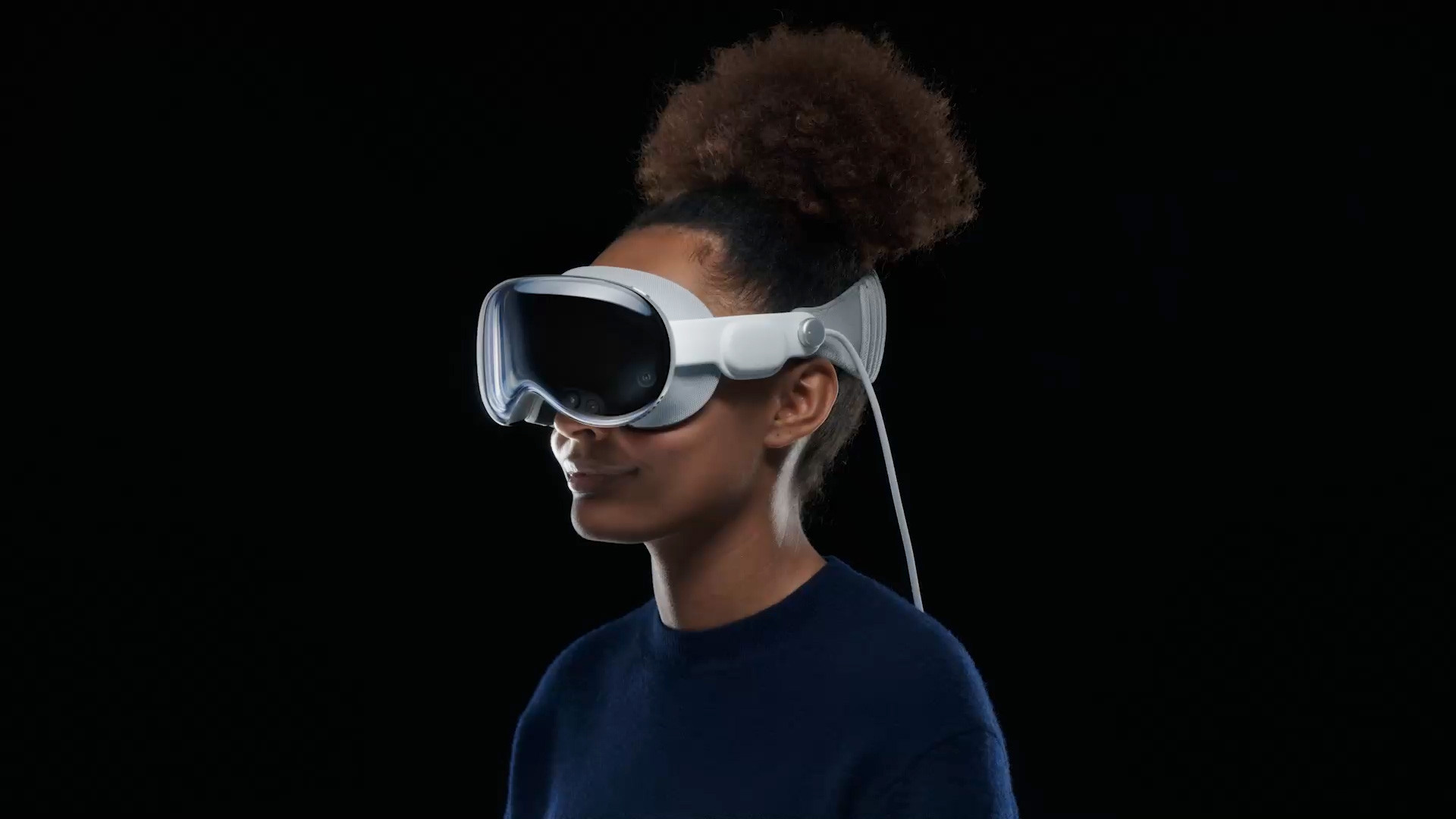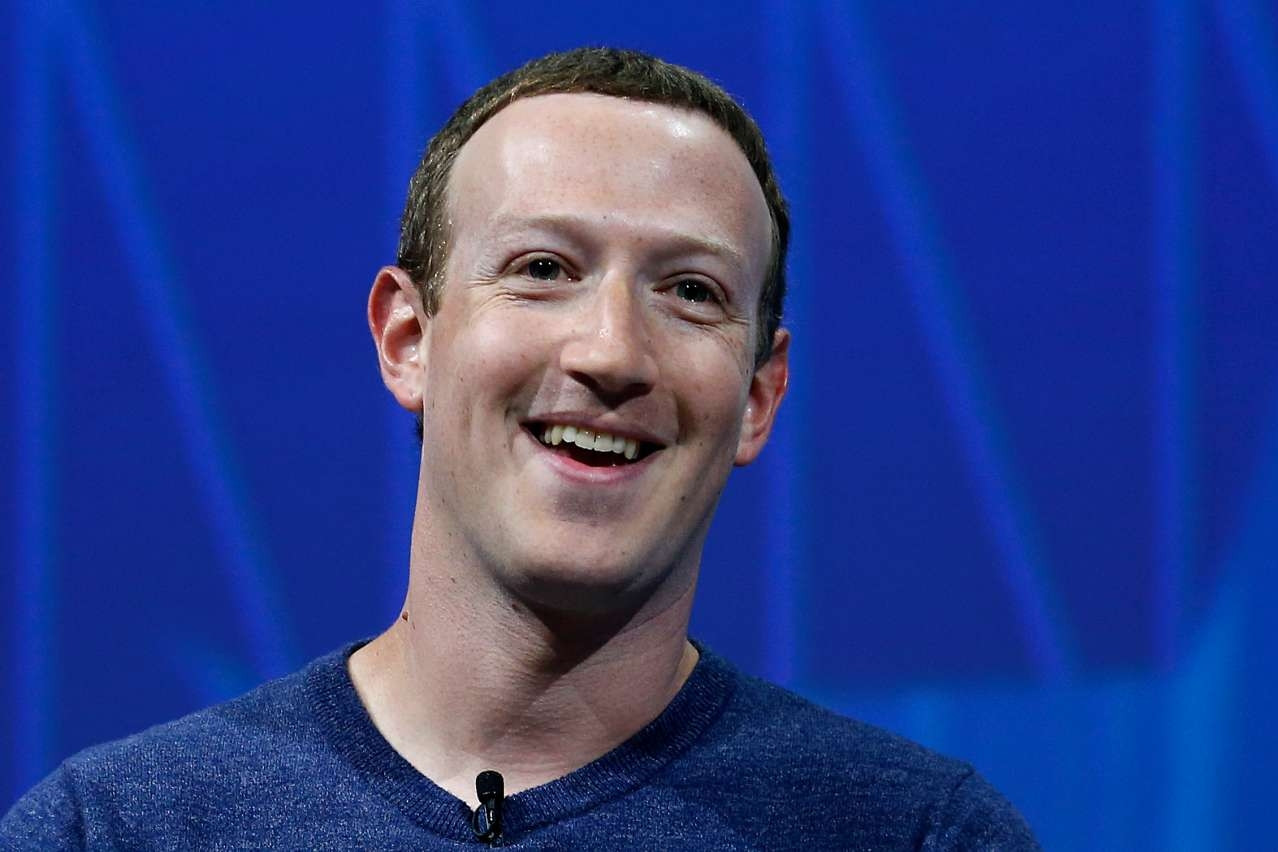Apple’s $3,499 glasses cost more than any of its competitors, and they also have a number of advantages. Vision Pro has two 4K displays, one of the most powerful chips, and sophisticated eye- and hand-tracking technology. It also has an advantage that money can’t buy: Apple’s developer ecosystem. iOS and iPad app developers can easily port existing apps using familiar tools and frameworks.

This is in stark contrast to Metal, Valve, PlayStation, and HTC, which rely heavily on apps and games built in Unity or OpenXR. Beyond the core apps like Microsoft Office, Xbox, and Netflix, the options are pretty limited. A few years after Meta’s headset launched, the Meta Quest Store only has about 400 games and apps. That’s a sign of a serious lack of VR-optimized content.
In contrast, Apple promises that Vision Pro will have hundreds of thousands of apps ready at launch. The company will automatically convert iPhone and iPad apps to “scalable 2D windows” that work with Vision Pro without developers having to do anything unless they want to change something. For developers who want to create new apps, Apple also makes it easy in the new visionOS operating system.
According to Maximiliano Firtman, a longtime web and mobile developer, visionOS is no different than iPadOS with ARKit, the augmented reality (AR) toolkit they've been using for a few years now.
The frameworks developers use to build apps for iOS and iPadOS—SwiftUI, RealityKit, ARKit—have all been “extended for spatial computing,” according to Apple. This allows them to create immersive AR and VR experiences for Vision Pro. They can also build apps using existing tools like Xcode, Unity, or Reality Composer Pro (coming soon).
Even without the visionOS software development tools, web developers will be able to use “WebXR for immersive web apps via Safari on visionOS,” according to Firtman. This means that in addition to native Apple apps, we’ll see more iOS and iPadOS apps on Vision Pro.
 Mark Zuckerberg lost $22 billion since changing Facebook's name to Meta
Mark Zuckerberg lost $22 billion since changing Facebook's name to MetaApple encourages developers to extend the functionality of their apps, taking advantage of the new Window and Volume models. Developer Steve Moser believes that people will want to quickly recompile existing apps for visionOS to get them to the visionOS App Store early and have a chance at a prominent position.
One weakness Apple has over its rivals, however, is gaming. When the Vision Pro hits stores early next year, Apple says it will only have a little over 100 games from its Arcade service, and most of them aren’t made specifically for VR. So you probably won’t want to strap on your Vision Pro just to play Angry Birds Reloaded or Temple Run.
After all, people buy a Valve Index or Meta Quest 2 headset just to access the library of VR games like Beat Saber and Half-Life: Alyx. The lack of big VR titles puts the Vision Pro in a similar position to the Mac, which is primarily a work device, not a gaming device. Despite Apple’s efforts to attract the game developer community to macOS, it’s been largely indifferent because most gamers use Windows.
However, games cannot determine the success or failure of Vision Pro. The cautious and slow approach of “Apple” is reflected in the device itself. Instead of introducing an unfamiliar, unrealistic interface, Vision Pro places familiar applications on top of the real environment thanks to Video Passthrough. Users do not need to use a controller to control, but only navigate with their hands and eyes.
Based on our first impressions of the Vision Pro, The Verge says the device is set to succeed. But, as with any device, the apps will be what make it happen. Luckily for Apple, they have a foundation, not something they have to build from scratch.
(According to The Verge)

Source




































































































Comment (0)